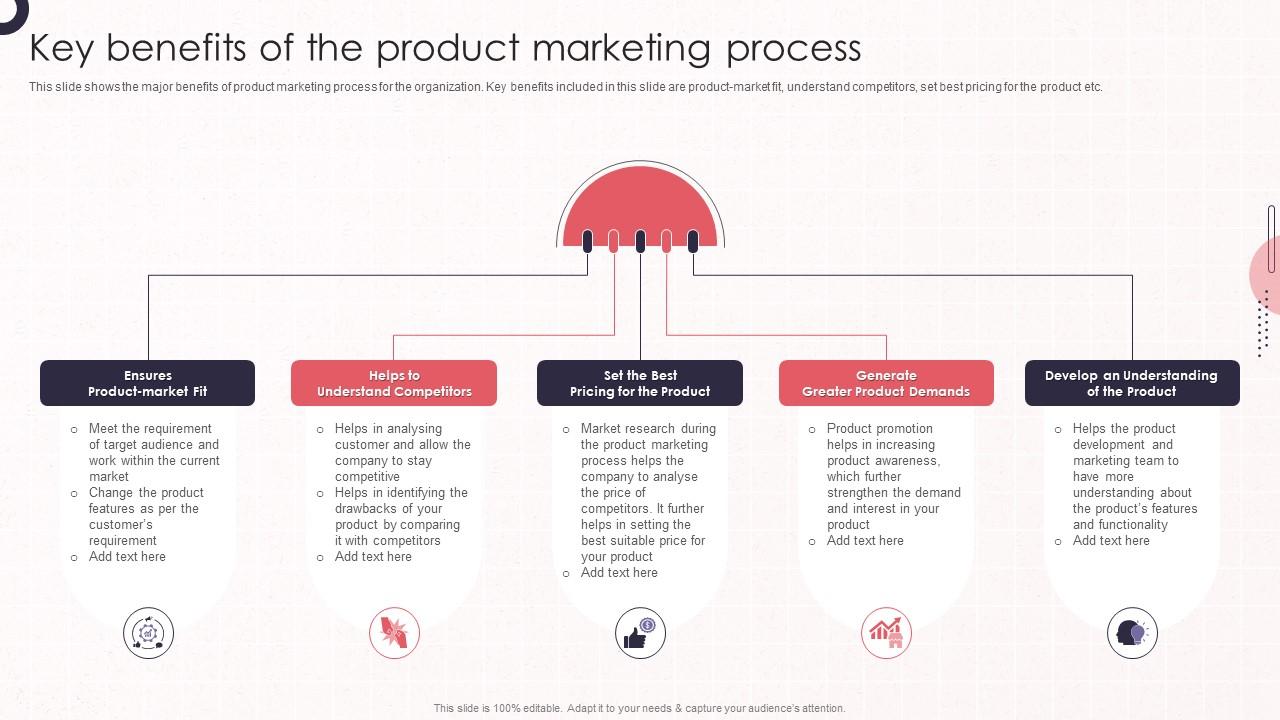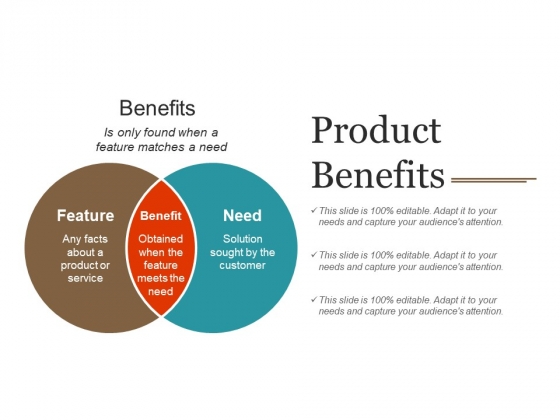Unlocking the Power of Features & Benefits: A Guide for Effective Product Marketing

You’ve got a fantastic product or service, but how do you get it into the hands of the people who need it most? The answer lies in the art of clearly communicating its features and benefits. This isn’t just about listing out specs; it’s about weaving a compelling narrative that resonates with your ideal customer, making them understand why your offering is the perfect solution to their problems.
As an interior design and architecture expert, I’ve seen firsthand how the right features can transform a space, and how the benefits of those features enhance the lives of the people who live there. This same principle applies to any product or service.

Let’s dive into the key elements of effective feature and benefit communication, using examples from both the world of design and your own unique offering.
1. Identify Your Ideal Customer:
Before you can even think about features and benefits, you need to understand who you’re talking to.

- What are their pain points? What challenges do they face in their daily lives?
- What are their aspirations? What are they trying to achieve?
- What are their values? What do they prioritize in their decisions?


Example: Imagine you’re selling a line of sustainable, eco-friendly furniture. Your ideal customer might be a young professional who values environmental responsibility and wants to create a stylish, minimalist home.
2. Define Your Product’s Core Features:

Features are the tangible attributes of your product or service. They’re the "what" of your offering.
- Think beyond the obvious. Don’t just list out the basic specs. Dig deeper into the unique functionalities and design elements that set your product apart.
- Group features into categories. This makes them easier to understand and remember.



Example: For the sustainable furniture line, your features might include:
- Materials: Recycled wood, organic cotton, bamboo, low-VOC finishes.
- Construction: Durable, long-lasting construction with minimal waste.
- Design: Modern, minimalist aesthetics, modularity for customization.
- Functionality: Ergonomic seating, built-in storage solutions.


3. Translate Features into Benefits:

Benefits are the "so what?" They’re the intangible value your product provides to the customer. They answer the question: "How does this feature improve my life?"
- Focus on the customer’s perspective. What problems does your product solve? What desires does it fulfill?
- Use strong verbs and emotional language. Make your benefits come alive!

Example: For the sustainable furniture line, your benefits might include:
- Environmental Impact: Reduces your carbon footprint and supports responsible forestry practices.
- Durability and Longevity: Invest in furniture that will last for years, minimizing waste and saving you money in the long run.
- Style and Comfort: Create a stylish and comfortable home that reflects your values and personal aesthetic.
- Versatility and Customization: Choose pieces that adapt to your changing needs and create a space that is truly your own.
4. Craft Compelling Messaging:
Now it’s time to bring your features and benefits together in a way that resonates with your ideal customer.
- Use clear and concise language. Avoid jargon and technical terms that might confuse your audience.
- Tell stories. Use real-life examples to illustrate how your product has made a difference in people’s lives.
- Highlight the "why" behind your product. What is your mission? What are you passionate about?
Example:
Feature: Our furniture is made from recycled wood.
Benefit: You’re investing in a product that gives new life to discarded materials, reducing waste and supporting sustainable forestry practices.
Story: "John was looking for furniture that aligned with his commitment to environmental responsibility. He found our recycled wood dining table and was thrilled to discover a beautiful piece that also made a positive impact on the planet."
5. Leverage Visuals:
Images, videos, and even 3D renderings can bring your product to life and make your messaging more impactful.
- Show, don’t just tell. Use visuals to demonstrate the features and benefits of your product.
- Create a sense of connection. Show how your product fits into people’s lives and enhances their experiences.
Example: For the sustainable furniture line, you could use high-quality photographs of your furniture in stylish home settings, showcasing its design and functionality. You could also create a video showcasing the manufacturing process, highlighting the sustainable materials and ethical practices used.
6. Test and Refine:
Don’t be afraid to experiment with different messaging and visuals. Track your results and see what resonates most with your target audience.
- Use A/B testing. Try different versions of your marketing materials and see which ones perform better.
- Gather feedback. Ask your customers what they think about your messaging and how you can improve it.
Beyond the Basics: Elevating Your Feature and Benefit Communication
1. The Power of Storytelling:
Humans are wired for stories. Weaving narratives into your marketing can make your product more relatable and memorable.
- Focus on the "hero’s journey." How does your product help your customer overcome a challenge and achieve their goals?
- Create relatable characters. Use real people or fictional personas to represent your ideal customer.
Example: You could tell the story of a young couple who are starting a family and are looking for sustainable furniture that will grow with their children. Your furniture becomes the solution that helps them create a beautiful and eco-friendly home for their family.
2. Emphasize the "Why":
People are more likely to connect with a product that has a strong purpose and values.
- Share your mission. What drives you to create this product? What impact do you want to have on the world?
- Highlight your values. What principles guide your business decisions?
Example: For the sustainable furniture line, you could emphasize your commitment to environmental responsibility and your desire to create products that are both beautiful and ethical.
3. Leverage the "Emotional Connection":
People buy based on emotion, not just logic. Appeal to your customer’s feelings and desires.
- Focus on the benefits that matter most. What are the emotional needs your product fulfills?
- Use evocative language. Paint a picture of how your product will make people feel.
Example: You could describe the feeling of comfort and relaxation that comes with sitting on your furniture, or the sense of pride that comes from owning a product that is environmentally responsible.
4. Embrace the "Unique Selling Proposition (USP)":
What makes your product truly unique? What sets it apart from the competition?
- Identify your key differentiators. What are the features and benefits that are most valuable to your customers?
- Communicate your USP clearly and concisely. Make it easy for customers to understand why your product is the best choice.
Example: For the sustainable furniture line, your USP might be your commitment to using recycled materials and your focus on creating furniture that is both stylish and durable.
5. Don’t Forget the "Call to Action":
What do you want your customers to do after they learn about your product?
- Make it clear what you want them to do. Visit your website, make a purchase, sign up for your newsletter.
- Use strong verbs and a sense of urgency. Encourage customers to take action now.
Example: "Visit our website today to browse our collection of sustainable furniture and find the perfect pieces for your home."
Remember: The key to effective feature and benefit communication is to understand your ideal customer, identify their needs and desires, and then craft compelling messaging that resonates with them. By following these tips, you can create a marketing strategy that will help you reach your target audience and drive sales.

